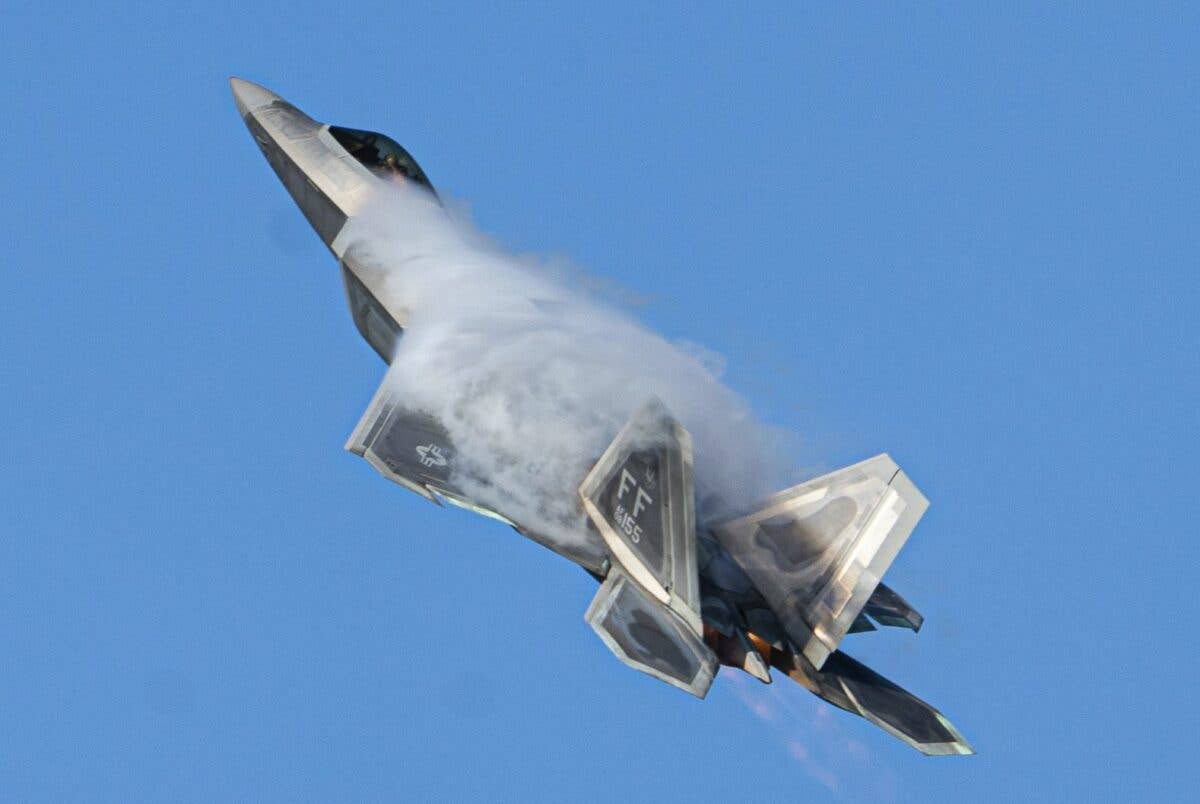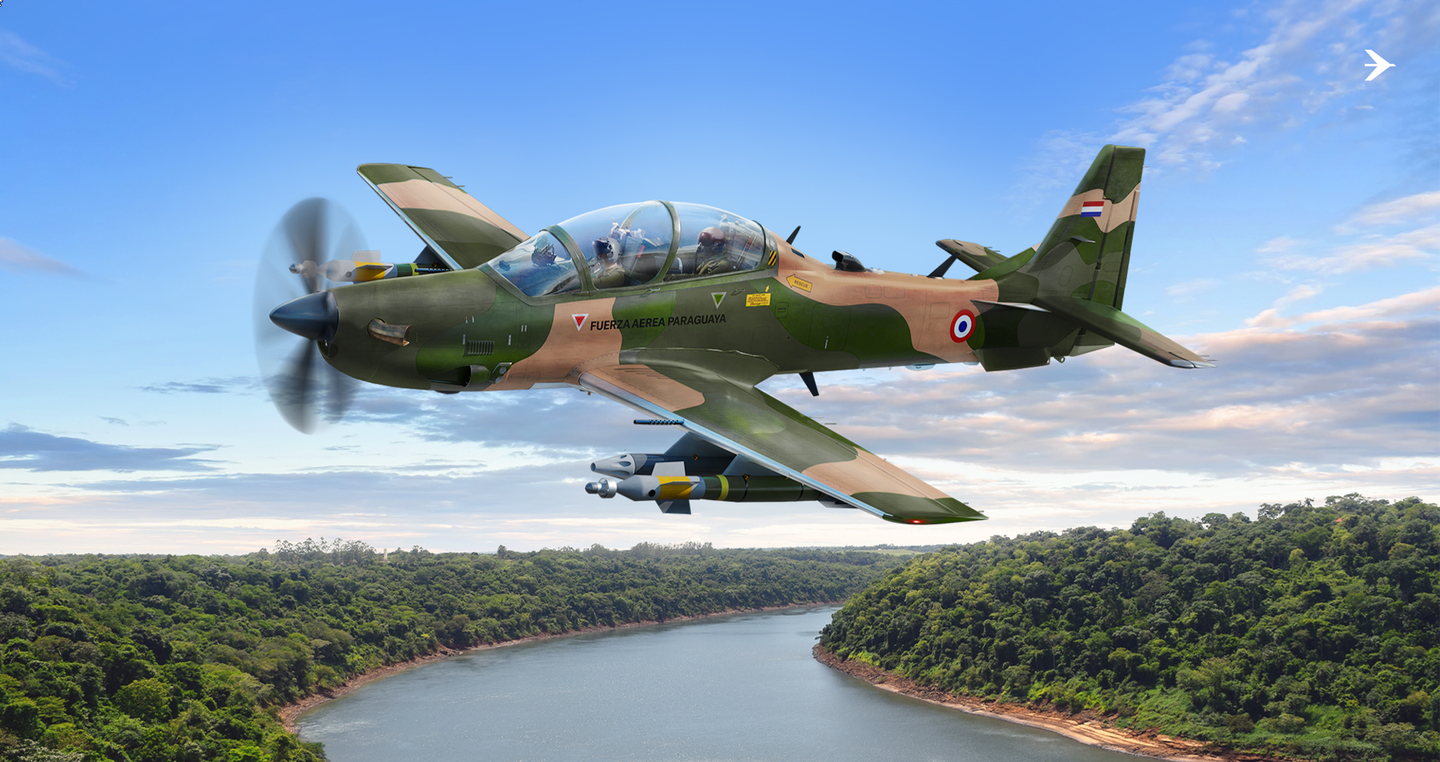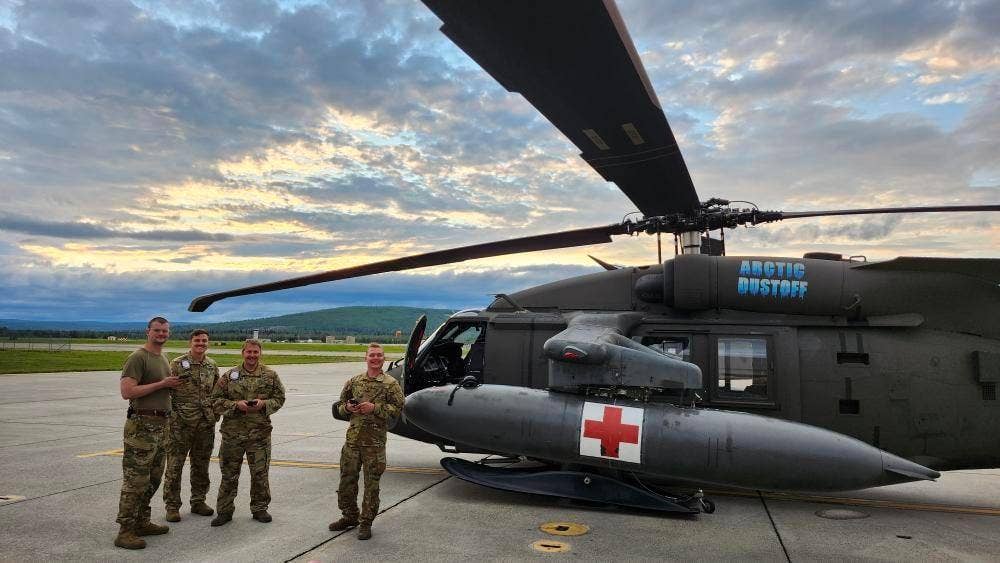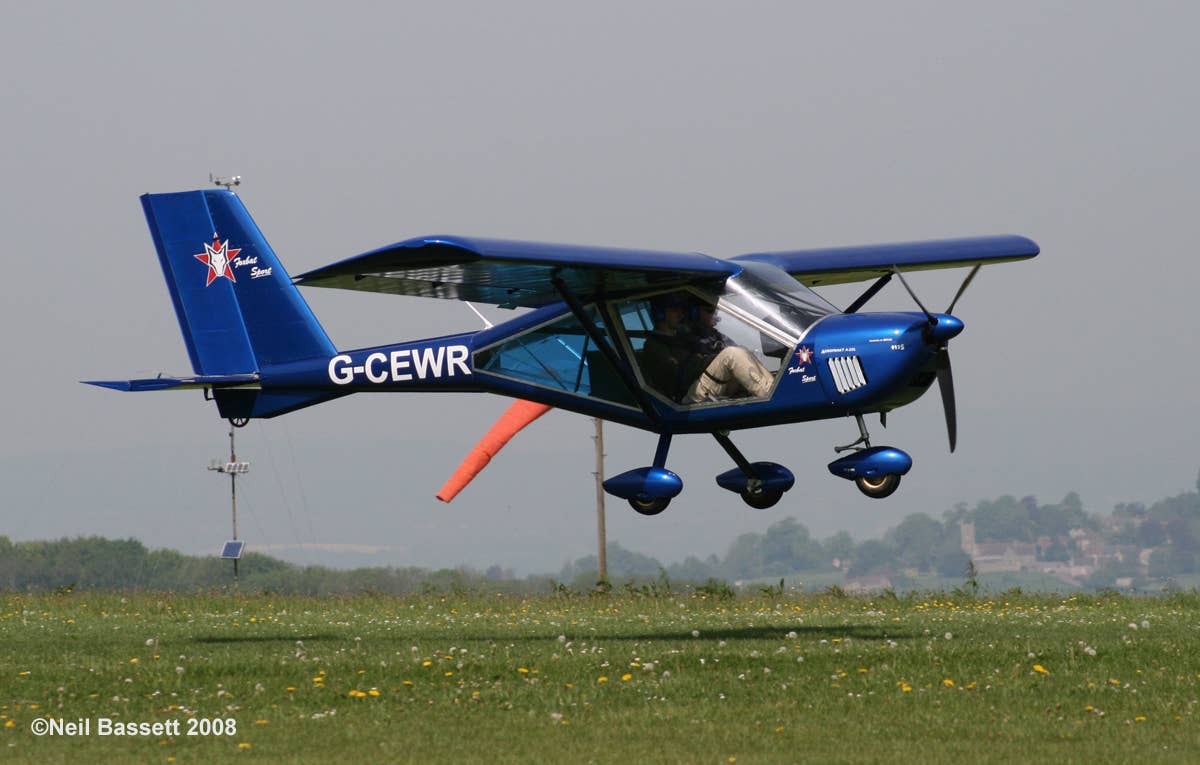U.S. Military Collecting Debris From Downed Spy Balloon
The callsign of the F-22 that shot the balloon down paid homage to WWI fighter ace Frank Luke, who shot down German observation balloons.

An F-22 Raptor performs an aerial maneuver during a flight at Joint Base Langley-Eustis, Virginia. [Courtesy: U.S. Air Force]
U.S. military attempts to recover the Chinese high-altitude spy balloon that was shot down off the South Carolina coast by an F-22 Raptor Saturday remained ongoing Monday.
Military officials are attempting to salvage as much of the balloon as possible "and exploit that in any way we can," General Glen VanHerck, commander of North American Aerospace Defence Command and U.S. Northern Command, said Monday afternoon at the Pentagon.
Last week, defense officials began tracking the surveillance balloon, which was spotted Wednesday in Montana. The state is home to Malmstrom Air Force Base, one of the nation’s three nuclear missile silo fields.
The balloon's flight path was by design, VanHerck confirmed.
"I do think their path was purposely built," he said. "They utilized the winds and it's a maneuverable platform as well, but they utilize their maneuverability to strategically position themselves to utilize the winds to traverse portions of countries that they want to see for collection purposes."
By Saturday, the balloon had drifted over the Carolinas, prompting the FAA to stop all arrivals and departures and close airspace at Wilmington International (KILM), Myrtle Beach International (KMYR), and Charleston International (KCHS).
The FAA has paused departures from and arrivals to Wilmington (ILM), Myrtle Beach International (MYR) and Charleston International (CHS) airports to support the Department of Defense in a national security effort.
— The FAA ✈️ (@FAANews) February 4, 2023
At 2:39 p.m., an F-22 deployed from Langley Air Force Base in Virginia shot the balloon down with a missile armed with a warhead in U.S. airspace off the coast of South Carolina.
The callsign of the F-22 paid homage to World War I fighter ace Frank Luke, who was awarded a Medal of Honor for shooting down German observation balloons.
"How fitting is it that Frank 01 took down this balloon in sovereign airspace of the United States of America within our territorial waters," VanHerck said.
A #balloon 🇨🇳🎈🎈no more. A F-22 Raptor has shot down the #ChinaSpyballoon over the Atlantic Ocean off the coast of the US state of South Carolina w/ a single missile at 2.38pm ET. An operation followed to recover the wreckage & retrieve intelligencepic.twitter.com/dX71fkJjWe
— 🚶🏻Curtis S. Chin (@CurtisSChin) February 5, 2023
The splashdown debris field for the balloon—believed to be about 200 feet tall—is estimated to measure about 1,500 meters by 1,500 meter, or about the size of 15 football fields by 15 football fields,VanHerck explained.
"The payload itself, I would categorize that as a jet airliner type of size, maybe a regional jet such as a ERJ or something like that. Probably weighed in access of a couple thousand pounds. So I would—from a safety standpoint—picture yourself with large debris weighing hundreds if not thousands of pounds falling out of the sky. That's really what we're kind of talking about," he said.
The U.S. Navy's USS Carter Hall is on the scene of the debris field and has collected and is categorizing debris. The U.S. Navy Ship Pathfinder is also on site conducting survey operations using sonar, he said.

Subscribe to Our Newsletter
Get the latest FLYING stories delivered directly to your inbox






